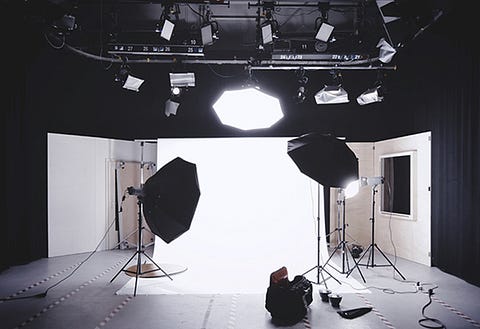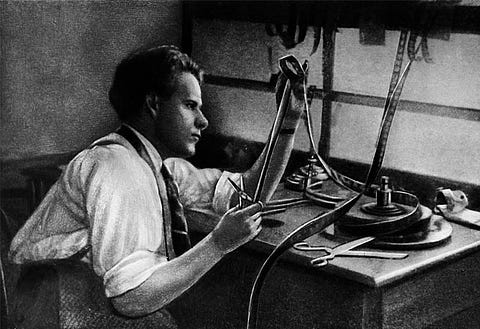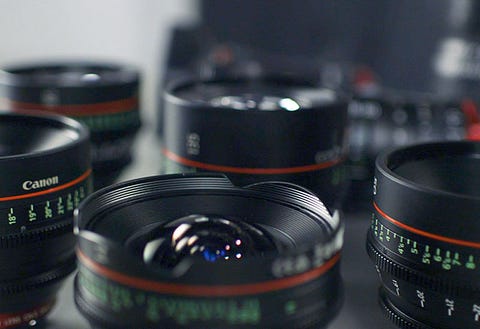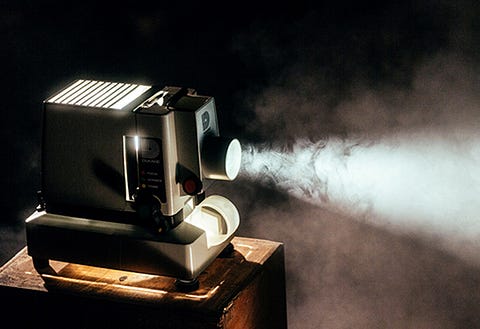
‘Montage’ in French means assembly or editing and represents a technique of film editing that combines a series of clips into one sequence. The main objective of a montage is condensing space, time, and storytelling by assembling smaller clips to tell a bigger tale. For instance, the continuous winnings and success story of Milkha Singh in ‘Bhaag Milkha Bhaag’ is depicted through a montage where he is shown on the racetrack while the countries and time zones keep changing. The trailer of the film ‘Darr’ is known to be one of the best examples of montage techniques wherein the Director, Aditya Chopra cut different scenes in a way that shows the entire film in quick flashes with a piece of high-power music to build excitement and anticipation amongst the audience. In the beginning, films were single-shot pieces, and it wasn’t until D.W. Griffith that the concept of “editing” was discovered. Filmmakers such as Eisenstein, Pudovkin, and Kuleshov significantly used editing to heighten emotions, excitement, and information for the audience in the form of a collection of short shots called Montage. This was called the Soviet Montage Theory. To gain technical knowledge about various forms of editing and be able to enhance your editing skills to bring in the right work for yourself, you may enrol in our Certificate Programme in Editing.
There are 5 methods to create a montage –Metric —Montages in which shots are cut together based on exact measure or length of time, regardless of the content of the shot fall under the Metric category. These shots are set to the music and follow a particular beat resulting in an aesthetically appealing sequence, thus resulting in the creation of a suspenseful or dramatic sequence. Sylvester Stallone’s ‘Rocky II’ has been a pioneer in using Metric Montage effectively. In the film, after Adrian wakes up from her coma and tells Rocky that she wants him to win, giving him the motivation to prepare for the match, what follows is a series of Metric Montages to show strength and determination by using fast-cut clips of one-armed push-ups against the sunset, heavy lifting, core strength building and him finally catching the chicken.
Rhythmic —
These are the most used montages. In this case, the clips are cut basis the action but of a corresponding nature. They maintain the tempo of the sequence and at the same time cut the abruptness between contrasting images. The final musical performance from the film ‘Whiplash’ is created using a Rhythmic Montage where all the images are from the same sequence but cut to match the tempo of the music.
Tonal —
Tonal Montages are used for showcasing different emotions to the viewer. Shots are linked based on increasing or decreasing particular emotions and depict the change of emotions in a faster manner. In ‘City of Gods’, the journey of an apartment is shown using a static photo of the apartment while changing its décor and elements around it to narrate various sequences that have occurred over a period of time with the plot moving forward. Here, the apartment goes through various makeovers to showcase different sequences representing Tonal Montages.
Intellectual —
As the name suggests, these montages included different shots or clips cut together to depict an intellectual meaning or metaphor. In Eisenstein’s film ‘Strike’, there is the scene in which the slaughter of cattle is juxtaposed with a group of employees being mowed down by machine guns. It is a classic example of Intellectual Montage and when the shots are put together, they refer to a metaphor of employees being nothing but cattle to their employers.
Overtonal —
This form of montage uses a combination of all the above-mentioned techniques to create an emotional and immersive experience for the audience, compelling them to think. A famous Over tonal Montage is seen in ‘The Godfather’ where the montage condenses and combines several dramatic moments to create one impactful climax. The juxtaposing of the baptism of Michael’s godchild with the brutal shooting of the other mob demonstrates how his character has evolved since the beginning of the film. It shows Michael now taking the lead and standing as the head of the family, orders ringing out as he takes on the role of The Godfather to his sister’s baby.
www.nfi.edu/foley-artist
www.sound-ideas.com/Page/what-is-foley
www.studiobinder.com/blog/what-is-a-foley-artist


